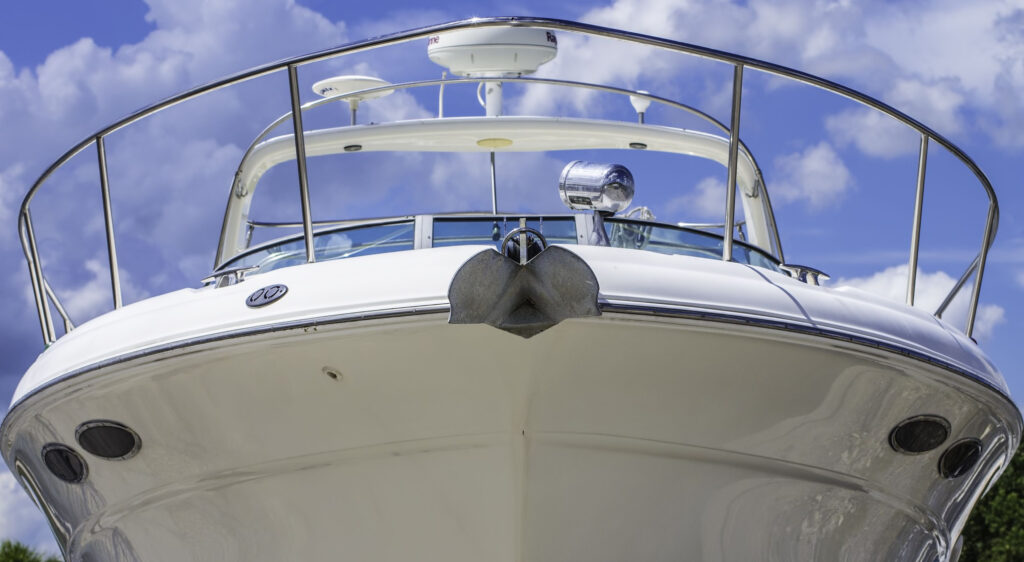
If you're new to sailing or simply passing by a busy harbour-side, you'll notice that almost every boat - including cruisers and even luxury yachts - all share something in common. From decks and hulls to transoms and mainsails, the colour white coats virtually every sailing surface, but why do boats all share this primary characteristic?
Whatever your active involvement or passionate interest in sailing is, Mylor Chandlery are here to set the facts straight on why sailing boats are mostly white and why this simple colour tone offers many key benefits and advantages.
White Is Highly Visible
White is easy to discern against the deep blue backdrop of the open ocean. Therefore, whether a boat is in distress or simply cruising, the predominant bright white colour tone makes it easy for other boat owners, as well as those on the coastline, to spot a vessel out at sea. It's also advantageous for boat surfaces and exteriors to be white so you can easily find sailing components such as buoys, life jackets, rings and other vital lifesaving equipment or essential tools. For larger commercial, or more expensive yachts and luxury liners, a white colour scheme will likely be for more impressive, ostentatious purposes.
Strong UV Reflective Properties
For reasons anchored in science, boats are likely to be white due to the entirely reflective and almost completely non-absorbing qualities. White surfaces reflect more light and so they absorb less energy - because of this, white surfaces may not become as hot as darker colours. This is advantageous to boat users who are constantly exposed to sunlight in the sailing season. Therefore, white will reflect heat instead of absorbing it, making cabin interiors much more bearable in hot summers and the deck surfaces won't feel as hot to touch, which is particularly useful if you're working, moving around or even just relaxing on your boat. The air conditioning units on white boats also won't have to work as hard as those on black boats, which will absorb energy and make interiors noticeably hotter.
More Cost Effective & Easier To Manufacture
Complex colour designs and bespoke paint jobs will ramp up manufacturing costs significantly compared to the uniform standard white paints, moulds and finishes that will be easier to source and assemble into a finished product. Usually in boat production, boat manufacturers will bulk buy paints or white moulds and apply the colour to all vessels to reduce time, lower labour and save money. This will benefit both the boat manufacturer and the end-user as the boat can be built efficiently and also priced reasonably for the customer.
Damage Is Simple To Spot
Evidence of rust, corrosion, barnacle accumulation, as well as impacts and cracks, can all show up easily on a boat hull. This makes substantial problems more easy to spot, allowing you to address and fix severe signs of damage fairly early on. Darker colours can mask a lot of these graver problems and potentially lead to either complacency or serious issues being missed entirely. On the other hand, most minor scratches, dents and other less serious cosmetic imperfections will blend more easily into a bright white boat surface compared to darker colours - an appealing asset to many boat owners.